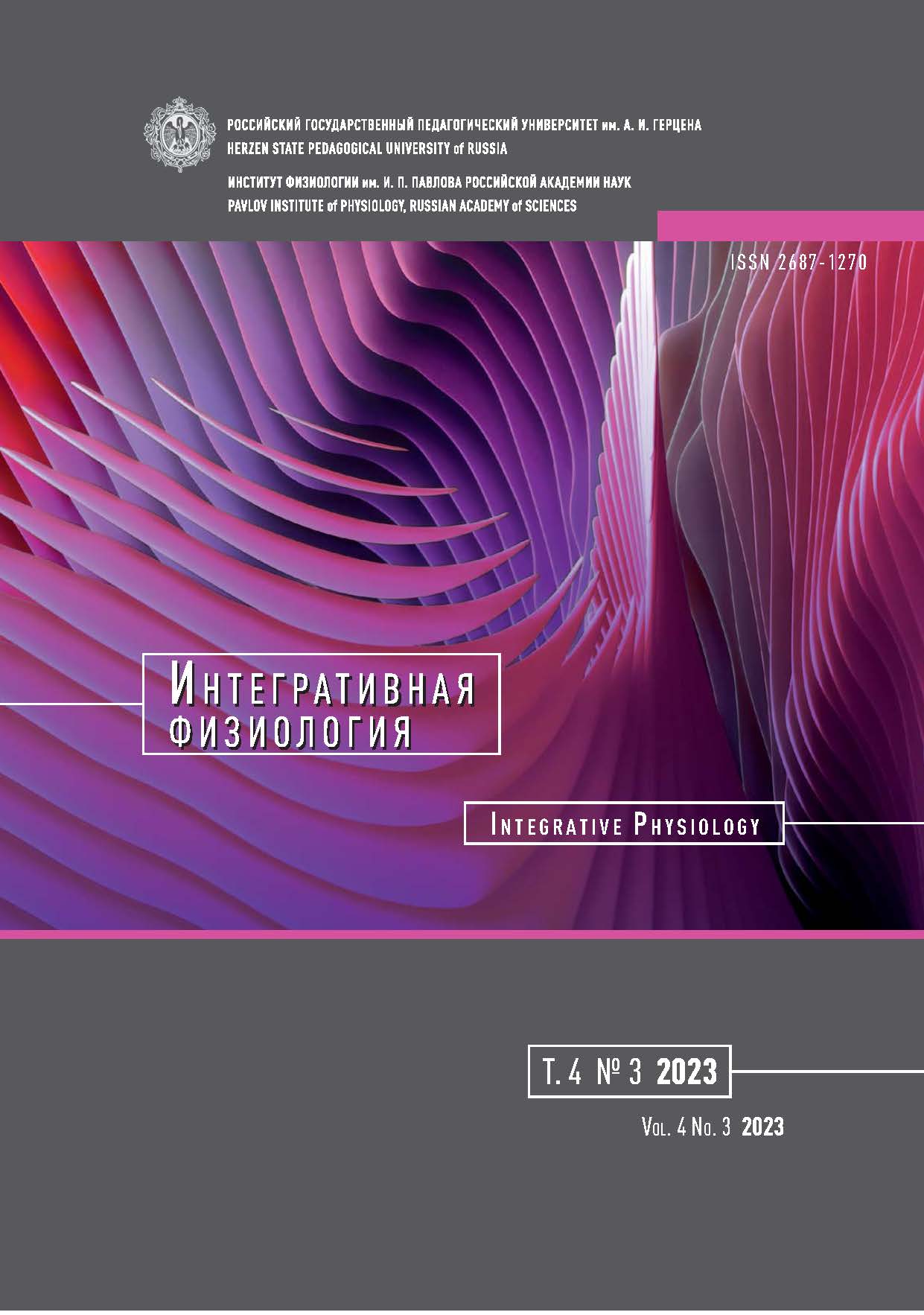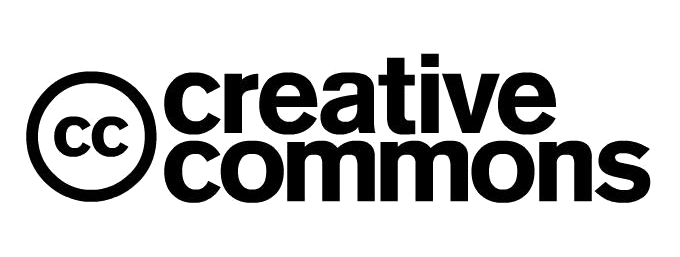Distribution of superoxide dismutase 1 in the honeybee brain under the action of electromagnetic radiation of 2.4 GHz
DOI:
https://doi.org/10.33910/2687-1270-2023-4-3-367-372Keywords:
honeybee, electromagnetic radiation, brain, oxidative stress, superoxide dismutase 1Abstract
Oxidative stress is one of the possible negative effects of high frequency electromagnetic fields. The reported study, in particular, investigates the effect of 2.4 GHz Wi-Fi router electromagnetic radiation on the cytoplasmic antioxidant enzyme superoxide dismutase 1 in the brain of the honeybee (Apis mellifera L.). The honeybee, the main pollinator of agricultural crops, is especially sensitive to electromagnetic fields due to the need to use it in its in the natural conditions in the process of life. The honeybees were exposed to radiation for 1 hour. The control honeybees were not exposed to radiation. Next, the brain was removed and, using immunohistochemical staining and fluorescence microscopy, the distribution and content of superoxide dismutase 1 were assessed on sections of the honeybee brain in the region of mushroom bodies — a structures responsible for learning and memory. It was found that after 1 hour exposure there is a decrease in the content of superoxide dismutase-1 level compared to the control group.
The obtained results point at a possible disturbance of antioxidant protection in the nervous tissue of bees under the influence of 2.4 GHz high-frequency electromagnetic radiation. For a more complete understanding of the mechanisms of the influence of electromagnetic radiation on the honeybee central nervous system, further research is needed.
References
Balmori, A. (2021) Electromagnetic radiation as an emerging driver factor for the decline of insects. Science of The Total Environment, vol. 767, article 144913. https://doi.org/10.1016/j.scitotenv.2020.144913 (In English)
Corona, M., Robinson, G. E. (2006) Genes of the antioxidant system of the honey bee: Annotation and phylogeny. Insect Molecular Biology, vol. 15, no. 5, pp. 687–701. https://doi.org/10.1111/j.1365-2583.2006.00695.x (In English)
Cucurachi, S., Tamis, W. L., Vijver, M. G. et al. (2013) A review of the ecological effects of radiofrequency electromagnetic fields (RF-EMF). Environment International, vol. 51, pp. 116–140. https://doi.org/10.1016/j.envint.2012.10.009 (In English)
Favre, D. (2011) Mobile phone-induced honeybee worker piping. Apidologie, vol. 42, no. 3, pp. 270–279. https://doi.org/10.1007/s13592-011-0016-x (In English)
Gagnaire, B., Bonnet, M., Tchamitchian, S. et al. (2019) Physiological effects of gamma irradiation in the honeybee, Apis mellifera. Ecotoxicology and Environmental Safety, vol. 174, pp. 153–163. https://doi.org/10.1016/j.ecoenv.2019.02.031 (In English)
Halabi, N. E., Achkar, R., Haidar, G. A. (2013) The effect of cell phone radiations on the life cycle of honeybees. In: 2013 IEEE Eurocon conference (1–4 July 2013): In 3 vols. Vol. 1. Zagreb: IEEE Publ., pp. 529–536. https://doi.org/10.1109/EUROCON.2013.6625032 (In English)
Halliwell, B., Gutteridge, J. M. C. (2015) Free radicals in biology and medicine. 5th ed. [S. l.]: Oxford University Press. [Online]. Available at: https://doi.org/10.1093/acprof:oso/9780198717478.001.0001 (accessed 15.10.2023). (In English)
Kramer, B. H., Nehring, V., Buttstedt, A. et al. (2021) Oxidative stress and senescence in social insects: A significant but inconsistent link? Philosophical Transactions of the Royal Society B: Biological Sciences, vol. 376, no. 1823, article 20190732. https://doi.org/10.1098/rstb.2019.0732 (In English)
Kumar, N. R., Sangwan, S., Badotra, P. (2011) Exposure to cell phone radiations produces biochemical changes in worker honey bees. Toxicology International, vol. 18, no. 1, pp. 70–72. (In English)
Lopatina, N. G., Zachepilo, T. G., Kamyshev, N. G. et al. (2019) Vliyanie neioniziruyushchego elektromagnitnogo izlucheniya na povedenie medonosnoj pchely Apis mellifera L. (Hymenoptera, Apidae) [Effect of non-ionizing electromagnetic radiation on the honeybee, Apis mellifera L. (Hymenoptera, Apidae) behaviour]. Entomologicheskoe obozrenie, vol. 98, no. 1, pp. 35–43. https://doi.org/10.1134/S0367144519010039 (In Russian)
Margotta, J. W., Roberts, S. P., Elekonich, M. M. (2018) Effects of flight activity and age on oxidative damage in the honey bee, Apis mellifera. Journal of Experimental Biology, vol. 221, no. 14, article jeb183228. https://doi.org/10.1242/jeb.183228 (In English)
Migdał, P., Roman, A., Strachecka, A. et al. (2020) Changes of selected biochemical parameters of the honeybee under the influence of an electric field at 50 Hz and variable intensities. Apidologie, vol. 51, pp. 956–967. https://doi.org/10.1007/s13592-020-00774-1 (In English)
Saliev, T., Begimbetova, D., Masoud, A.-R., Matkarimov, B. (2018) Biological effects of non-ionizing electromagnetic fields: Two sides of a coin. Progress in Biophysics and Molecular Biology, vol. 141, pp. 25–36. https://doi.org/10.1016/j.pbiomolbio.2018.07.009 (In English)
Schuermann, D., Mevissen, M. (2021) Manmade electromagnetic fields and oxidative stress — biological effects and consequences for health. International Journal of Molecular Sciences, vol. 22, no. 7, article 3772. https://doi.org/10.3390/ijms22073772 (In English)
Thielens, A., Greco, M. K., Verloock, L. et al. (2020) Radio-frequency electromagnetic field exposure of western honey bees. Scientific Reports, vol. 10, article 461. https://doi.org/10.1038/s41598-019-56948-0 (In English)
Vilić, M., Tlak, G. I., Tucak, P. et al. (2017) Effects of short-term exposure to mobile phone radiofrequency (900 MHz) on the oxidative response and genotoxicity in honey bee larvae. Journal of Apicultural Research, vol. 56, no. 4, pp. 430–438. https://doi.org/10.1080/00218839.2017.1329798 (In English)
Zaluski, R., Bittarello, A. C., Vieira, J. C. S. et al. (2020) Modification of the head proteome of nurse honeybees (Apis mellifera) exposed to field-relevant doses of pesticides. Scientific Reports, vol. 10, article 2190. https://doi.org/10.1038/s41598-020-59070-8 (In English)
Downloads
Published
Issue
Section
License
Copyright (c) 2024 Tatiana G. Zachepilo, Alisa K. Pribyshina

This work is licensed under a Creative Commons Attribution-NonCommercial 4.0 International License.
The work is provided under the terms of the Public Offer and of Creative Commons public license Creative Commons Attribution 4.0 International (CC BY 4.0).
This license permits an unlimited number of users to copy and redistribute the material in any medium or format, and to remix, transform, and build upon the material for any purpose, including commercial use.
This license retains copyright for the authors but allows others to freely distribute, use, and adapt the work, on the mandatory condition that appropriate credit is given. Users must provide a correct link to the original publication in our journal, cite the authors' names, and indicate if any changes were made.
Copyright remains with the authors. The CC BY 4.0 license does not transfer rights to third parties but rather grants users prior permission for use, provided the attribution condition is met. Any use of the work will be governed by the terms of this license.







